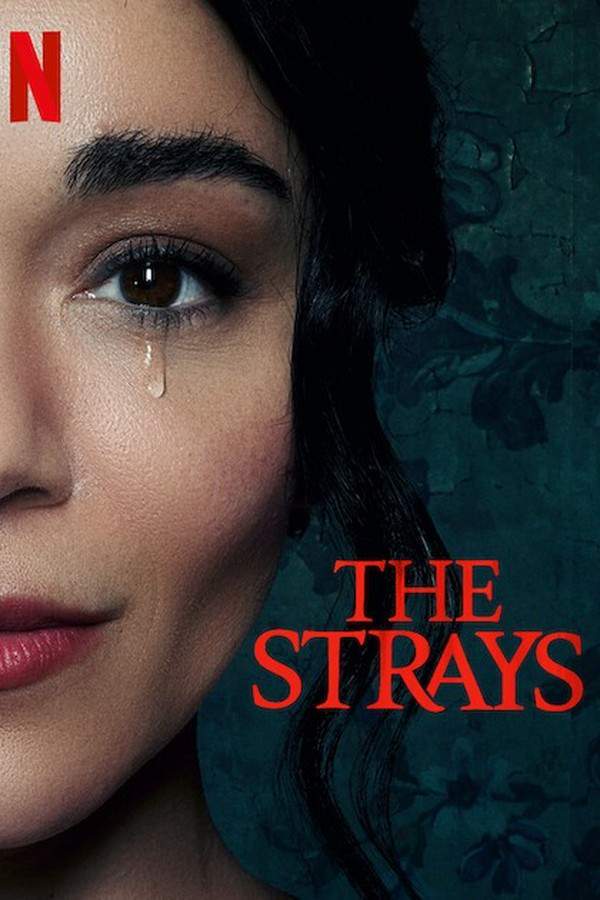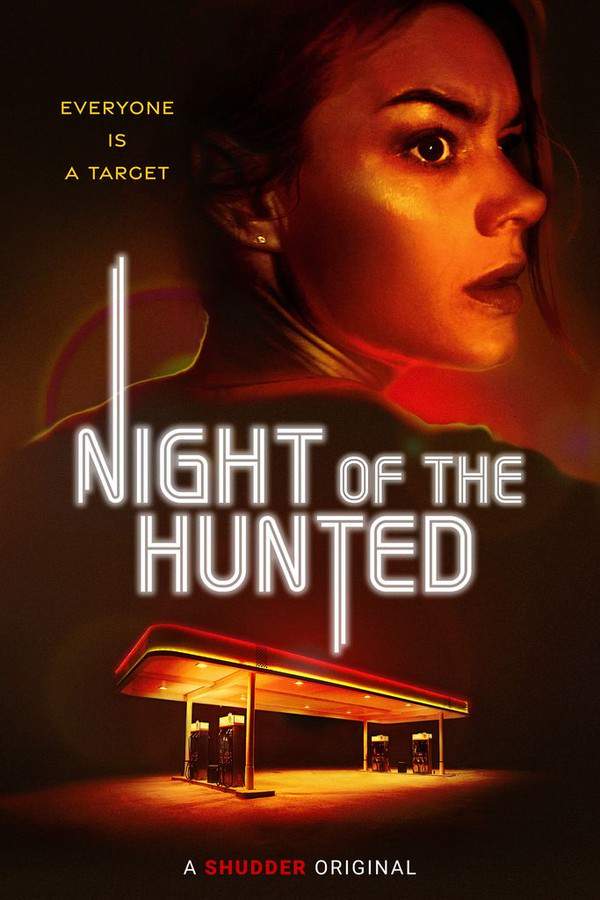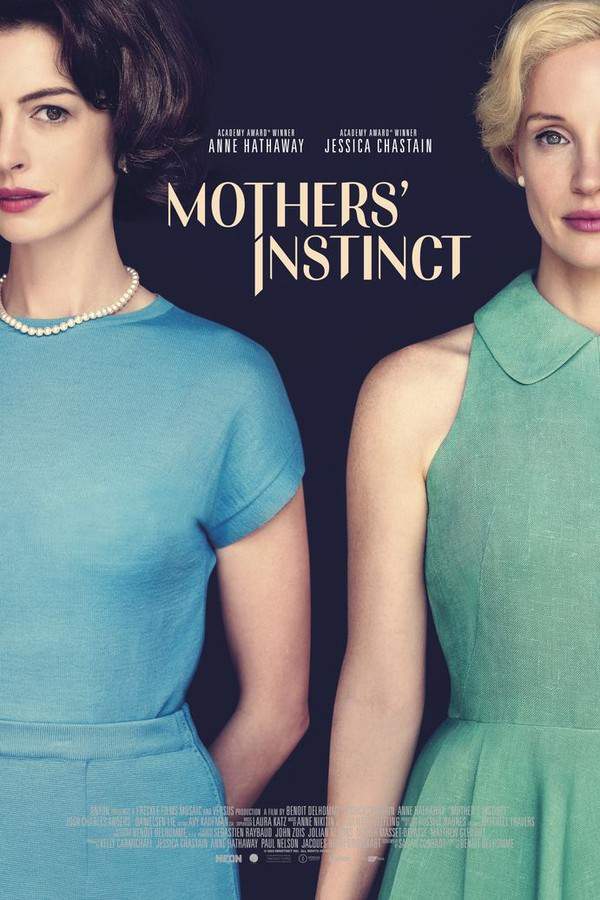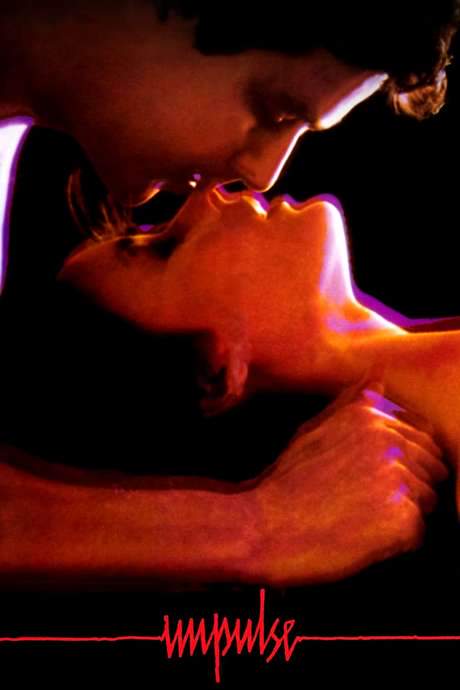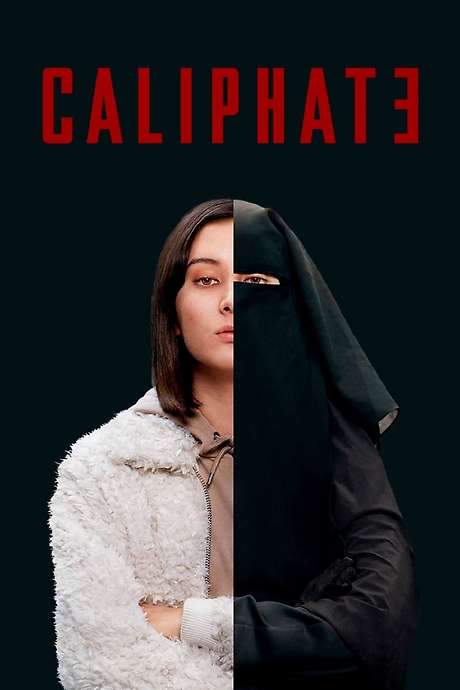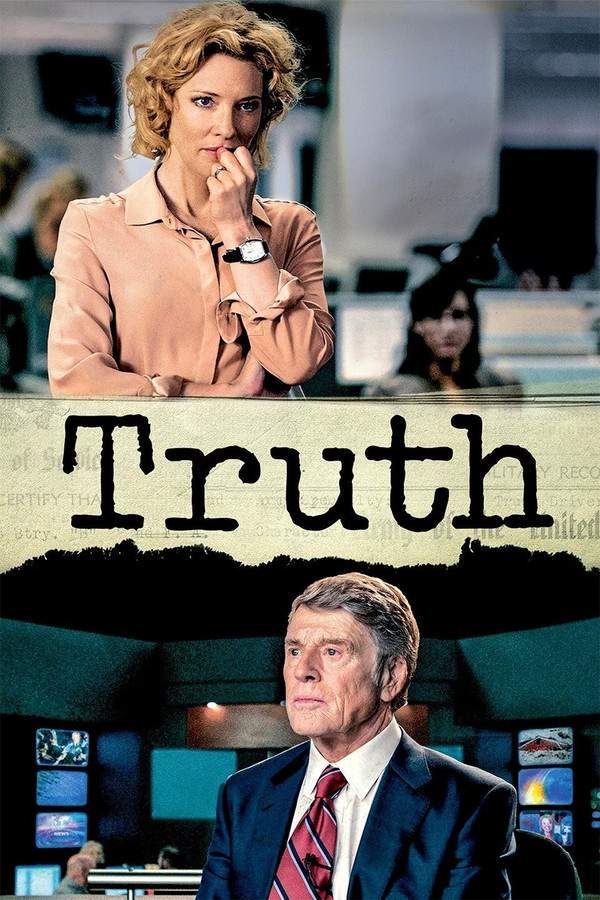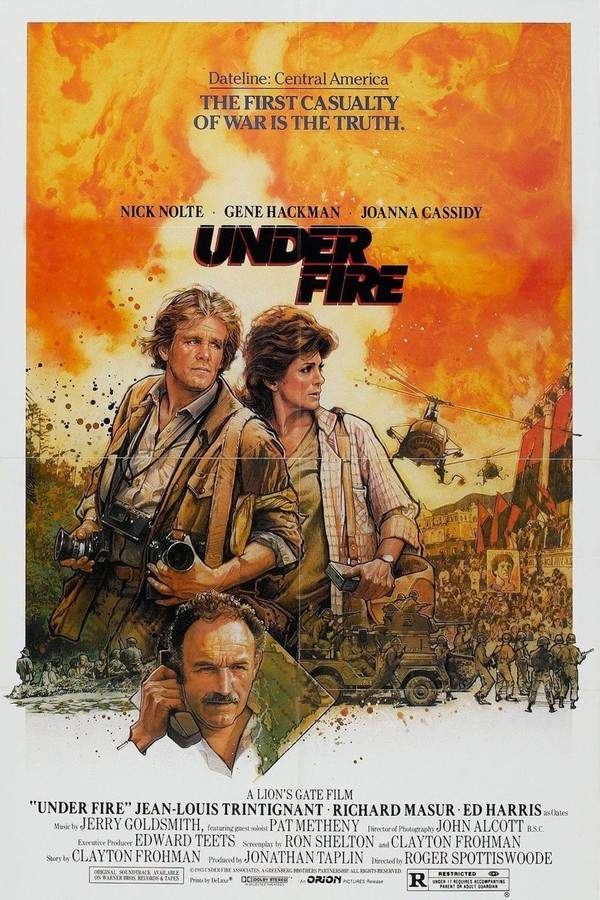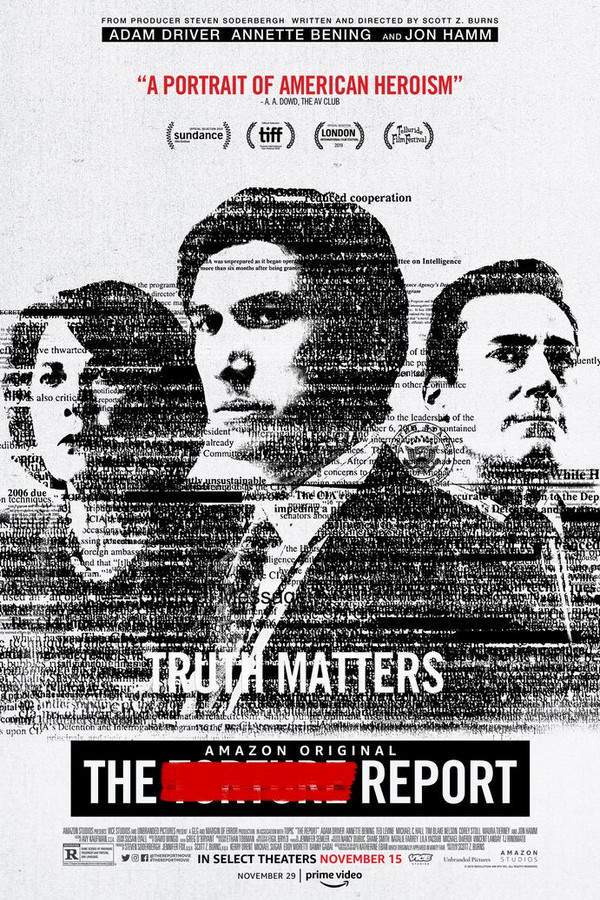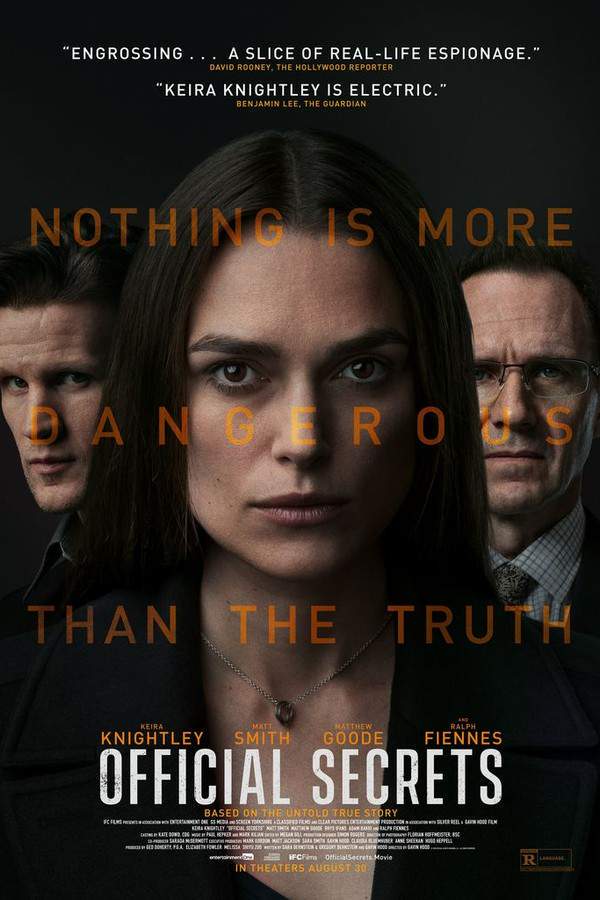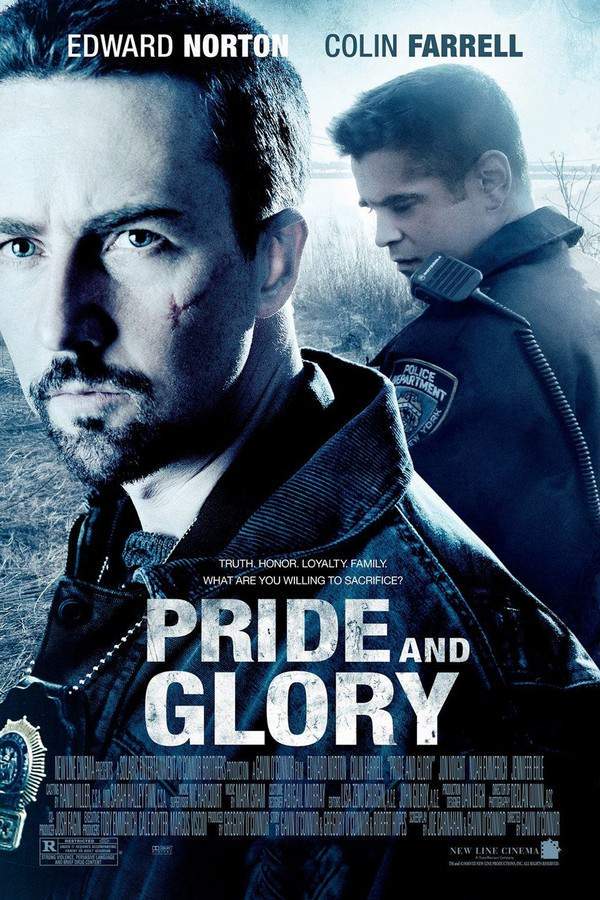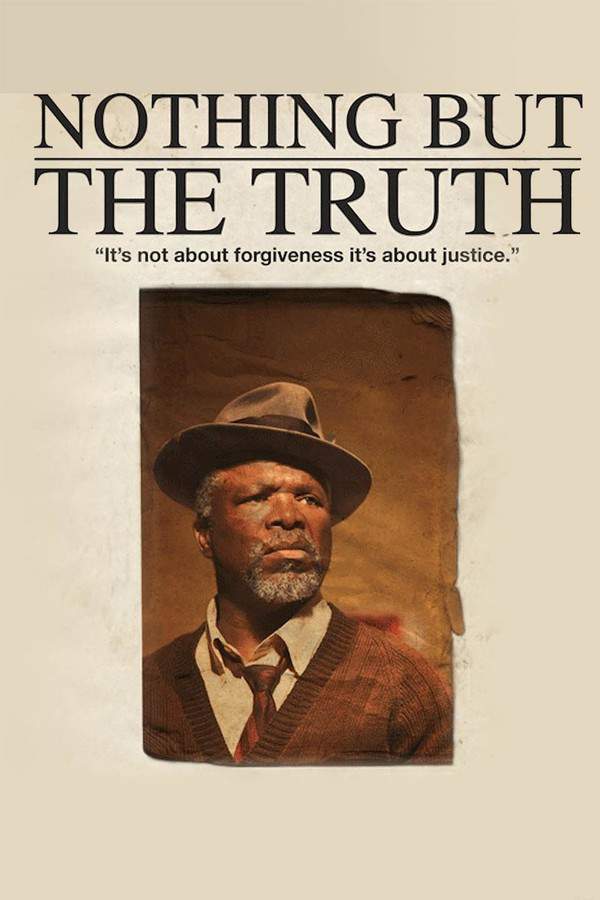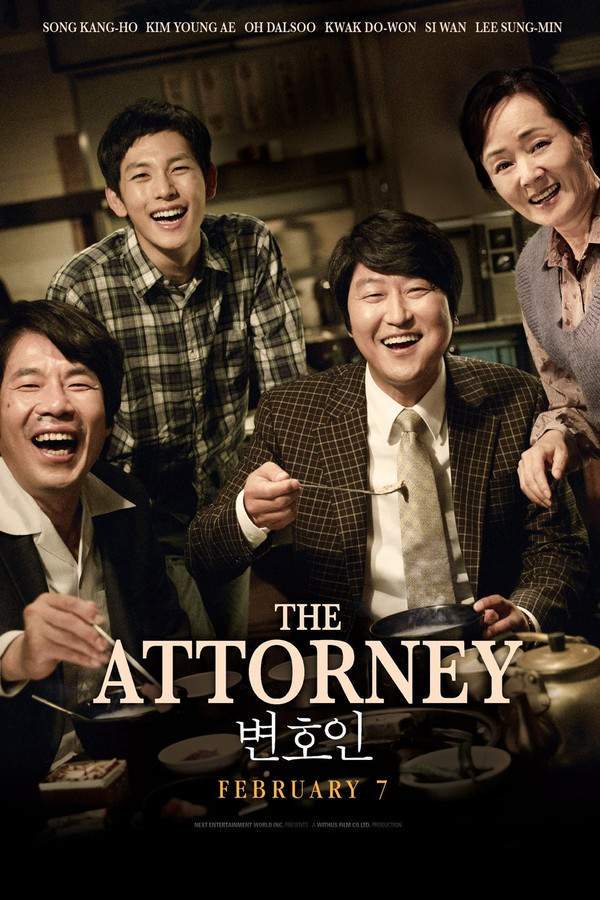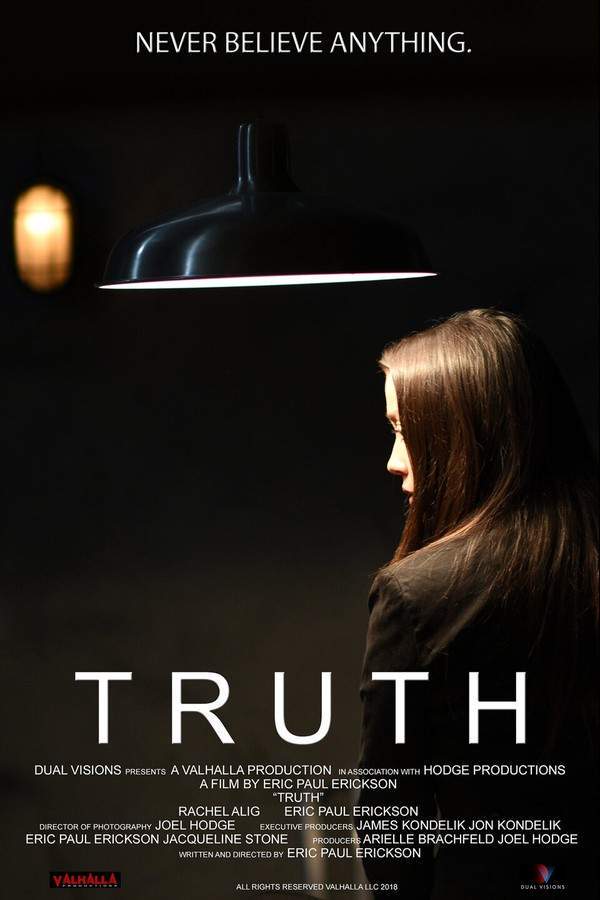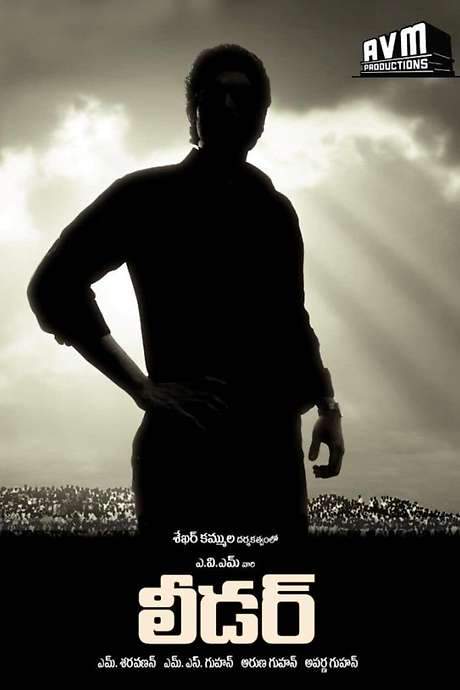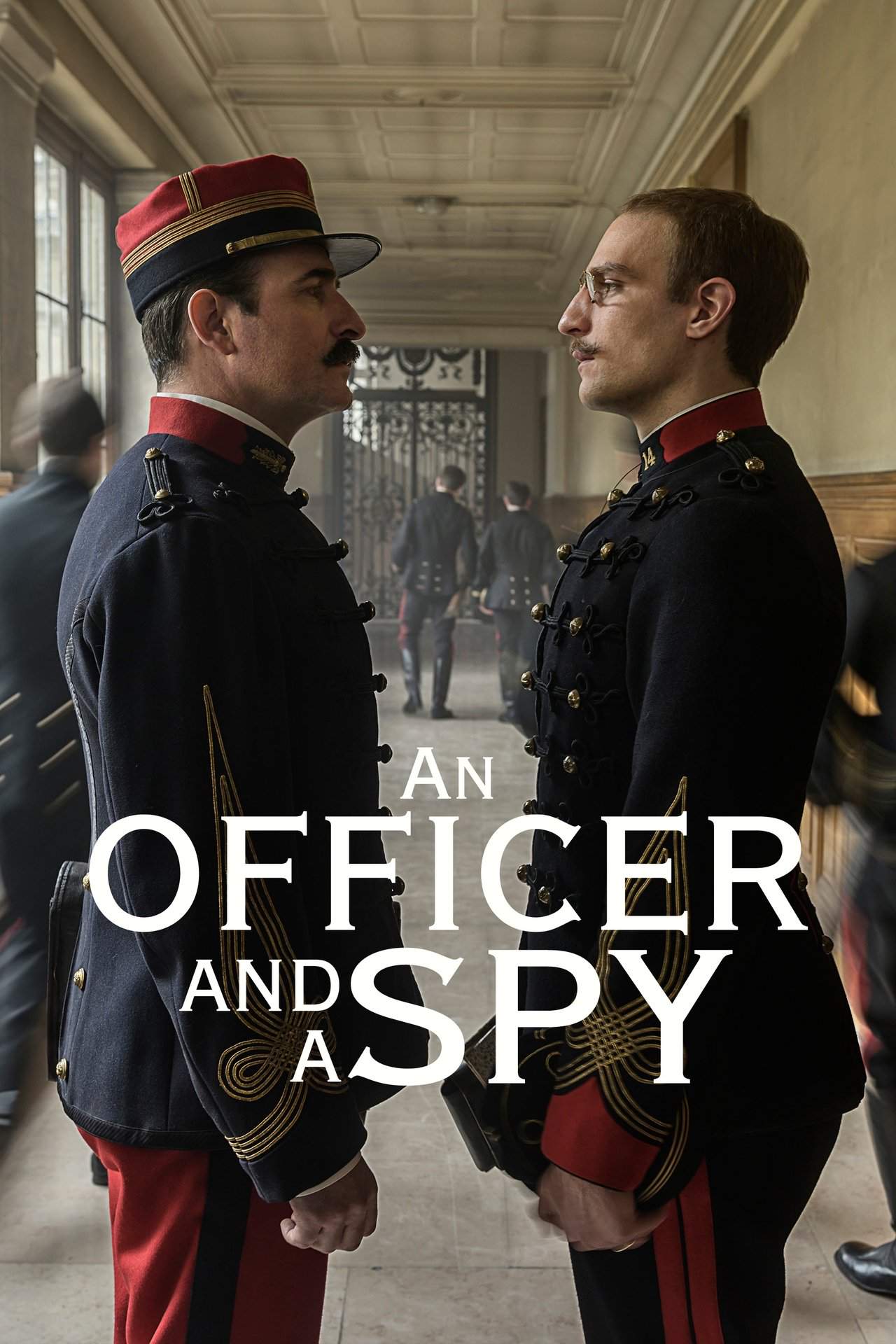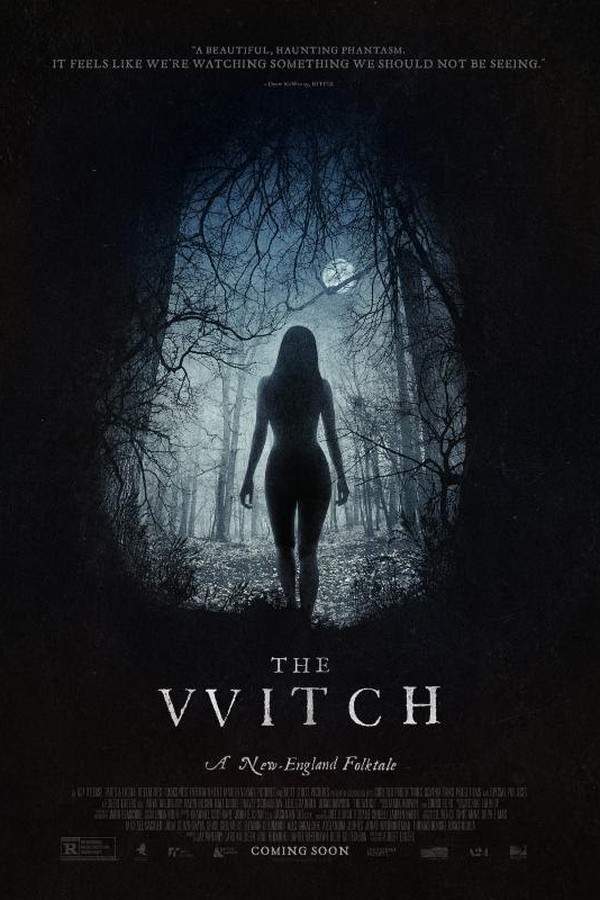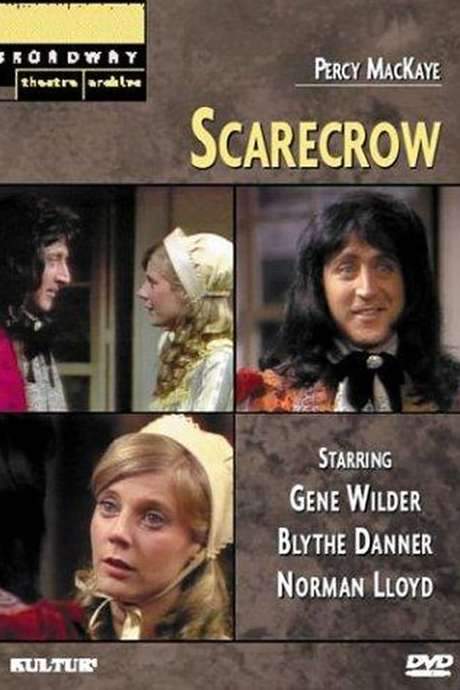
The Crucible
Year: 1996
Runtime: 123 mins
Language: English
Director: Nicholas Hytner
Arthur Miller’s timeless tale of truth on trial. A Salem resident attempts to frame her ex-lover’s wife for being a witch in the middle of the 1692 witchcraft trials.
Warning: spoilers below!
Haven’t seen The Crucible yet? This summary contains major spoilers. Bookmark the page, watch the movie, and come back for the full breakdown. If you're ready, scroll on and relive the story!
The Crucible (1996) – Full Plot Summary & Ending Explained
Read the complete plot breakdown of The Crucible (1996), including all key story events, major twists, and the ending explained in detail. Discover what really happened—and what it all means.
In Salem, Massachusetts, in 1692, a group of village girls venture into the woods with Tituba, Charlayne Woodard, a slave who knows forbidden rites, attempting to conjure love spells and hidden power. Abigail Williams, Winona Ryder, kills a chicken and drinks its blood, hoping to unleash misfortune on Elizabeth Proctor—the wife of John Proctor—so that she can draw closer to the man she once loved. When Abigail’s uncle, Reverend Samuel Parris, Bruce Davison, discovers them, the girls flee into the trees, yet his daughter Betty Rachael Bella collapses and remains unconscious.
Betty’s condition deepens the town’s fear: Ruth Putnam, Ashley Peldon, and Betty refuse to wake, and Giles Corey, Peter Vaughan, who suspects the children are merely acting out, teams up with John Proctor, Daniel Day-Lewis, with whom Abigail had an affair, to check on the Parris household. Convinced that demonic possession explains the girls’ behavior, Parris and the Putnams summon Reverend John Hale, Rob Campbell, to investigate. To deflect punishment, Abigail points the finger at Tituba, and Tituba, under pressure, confesses to seeing the devil, narrowly escaping execution. The girls seize on the new aura of power, accusing a growing roster of townsfolk, including Elizabeth Proctor, lifting the fear to fever pitch: the court becomes a stage for accusing and punishing.
John Proctor seeks to reclaim his name and protect Elizabeth by pressing Mary Warren, one of the afflicted girls, to testify that the witchcraft is a sham. Francis Nurse, Tom McDermott, arrives with a list of names vouched for by neighbors, but the judges order the arrest of all who stand on it. Giles Corey presses a crucial claim about Ruth’s insinuated “gift of land” tied to Putnam’s manipulation, and the court seizes on the confrontation, detouring into a web of fear, pride, and leverage. Mary Warren wavers, then collapses under the pressure of the other girls, recanting only to be pushed back by their collective screams and frightening performances in court. Elizabeth, who is pregnant, hopes for mercy until the baby is born, but John urges that the witnesses be charged with falsehood.
The courtroom erupts as the girls declare Mary Warren is attacking them with spirits, and John’s truth-telling is met with louder accusations. To expose Abigail’s true motive, John confesses to having an affair with Abigail, claiming she used the charges against Elizabeth to remove Elizabeth as a rival and to push him toward her. Abigail denies the affair, prompting Elizabeth to testify in turn; she lies, trying to protect John’s honor in the face of a system primed to believe the girls. Reverend Hale, trying to salvage some measure of reason, pleads for truth, but the chorus of “spirits” swells, and the court’s momentum cannot be halted. The infamous moment arrives as the girls flee to the lake, the “yellow bird” of Mary Warren’s supposed attack sending the room into further hysteria.
John’s attempt to defend himself fails when Mary Warren, overwhelmed by fear, accuses him of witchcraft. In a moment of despair, he calls out a chilling line, and the courtroom watches him crumble under the weight of public accusation: “I say God is dead!” He is then arrested, and the tide of fear carries him toward an uncertain fate. Reverend Hale’s doubts linger, but the machinery of the court keeps turning, and Abigail—after manipulating the crowd and seizing money from Reverend Parris—flees to Barbados, leaving behind a trail of betrayed trust. She approaches John with a final plea, but he rejects the idea of escaping with her, admitting that their fates won’t meet on a ship, but rather in Hell.
Parris worries that John’s public execution could spark chaos in the town, so Elizabeth arranges for John to be confronted with a supposed path to survival through confession. John writes a confession for the court, but when they demand it be read aloud, he refuses to surrender his good name. In a climactic moment on the gallows, John, Rebecca Nurse, and Martha Corey recite the Lord’s Prayer as they are hanged, their defiance echoing through the town.
The aftermath is devastating: nineteen people are executed after refusing to save themselves through false confessions, and the Salem Witch Trials come to a grim close. The town is left scarred by a fever of fear, power, and suspicion that reshaped lives and tested the boundaries between faith, guilt, and justice.
It’s not on a ship we’ll meet again, but in Hell
-
Elizabeth Proctor, Joan Allen
-
Abigail Williams, Winona Ryder
-
Reverend Samuel Parris, Bruce Davison
-
Tituba, Charlayne Woodard
-
Betty Parris, Rachael Bella
-
Ruth Putnam, Ashley Peldon
-
John Proctor, Daniel Day-Lewis
-
Mary Warren, Karron Graves
-
Reverend John Hale, Rob Campbell
-
Rebecca Nurse, Elizabeth Lawrence
-
Giles Corey, Peter Vaughan
-
Francis Nurse, Tom McDermott
-
Thomas Putnam, Jeffrey Jones
-
Elizabeth Proctor (pregnant), Joan Allen
-
Judge Danforth, Paul Scofield
-
Judge Hathorne, Robert Breuler
-
Tituba’s accusers and other town residents appear throughout the proceedings, including Goody Good Sheila Pinkham, Mercy Lewis Kali Rocha, Goody Barrow Mara Clark, and Goody Osborne Ruth Maleczech
This version preserves the core events and emotions of the original summary while expanding the narrative to provide clearer context, relationships, and consequences, with careful punctuation, emphasis, and direct quotation where appropriate.
Last Updated: October 09, 2025 at 10:44
Explore Movie Threads
Discover curated groups of movies connected by mood, themes, and story style. Browse collections built around emotion, atmosphere, and narrative focus to easily find films that match what you feel like watching right now.
Movies about mass hysteria and societal collapse like The Crucible
When fear and lies unravel a community from the inside.If you were gripped by the collective panic in The Crucible, explore more movies about mass hysteria and societal collapse. Find tense historical dramas and modern thrillers where fear and lies consume a community, leading to wrongful persecution and moral decay.
Narrative Summary
These narratives typically begin with a single spark of fear or a lie that, fueled by prejudice, power, or fanaticism, ignites a wildfire of suspicion. The story follows the rapid escalation as rational voices are silenced, innocent people are targeted, and the very fabric of society tears apart under the weight of collective hysteria.
Why These Movies?
These movies are grouped together because they share a central focus on the psychological phenomenon of mass delusion. They create a tense, oppressive mood by showing how easily truth can be sacrificed to fear, often featuring similar narrative structures of escalation and tragic consequences for moral integrity.
Movies about moral integrity under pressure like The Crucible
Characters who choose truth and sacrifice in the face of overwhelming force.If you admired the defiant stand for truth in The Crucible, discover more movies about moral integrity under pressure. These films feature courageous characters in impossible situations, facing down corrupt systems and choosing principle over self-preservation.
Narrative Summary
The journey in these films is a moral one. A character is confronted by a powerful, corrupt, or fanatical authority that demands their compliance in an injustice. The narrative tension builds as they wrestle with the temptation to conform, culminating in a climactic choice where they must sacrifice their safety, freedom, or even life to uphold their conscience.
Why These Movies?
These films are united by their heavy emotional weight and focus on a profound ethical dilemma. They share a tense, somber tone and a steady pacing that allows the psychological pressure on the protagonist to build, resulting in emotionally resonant and often tragic endings that highlight the cost of integrity.
Unlock the Full Story of The Crucible
Don't stop at just watching — explore The Crucible in full detail. From the complete plot summary and scene-by-scene timeline to character breakdowns, thematic analysis, and a deep dive into the ending — every page helps you truly understand what The Crucible is all about. Plus, discover what's next after the movie.
The Crucible Timeline
Track the full timeline of The Crucible with every major event arranged chronologically. Perfect for decoding non-linear storytelling, flashbacks, or parallel narratives with a clear scene-by-scene breakdown.

Characters, Settings & Themes in The Crucible
Discover the characters, locations, and core themes that shape The Crucible. Get insights into symbolic elements, setting significance, and deeper narrative meaning — ideal for thematic analysis and movie breakdowns.

The Crucible Spoiler-Free Summary
Get a quick, spoiler-free overview of The Crucible that covers the main plot points and key details without revealing any major twists or spoilers. Perfect for those who want to know what to expect before diving in.

More About The Crucible
Visit What's After the Movie to explore more about The Crucible: box office results, cast and crew info, production details, post-credit scenes, and external links — all in one place for movie fans and researchers.

Similar Movies to The Crucible
Discover movies like The Crucible that share similar genres, themes, and storytelling elements. Whether you’re drawn to the atmosphere, character arcs, or plot structure, these curated recommendations will help you explore more films you’ll love.
Explore More About Movie The Crucible
The Crucible (1996) Scene-by-Scene Movie Timeline
The Crucible (1996) Movie Characters, Themes & Settings
The Crucible (1996) Spoiler-Free Summary & Key Flow
Movies Like The Crucible – Similar Titles You’ll Enjoy
The Witch (2016) Full Summary & Key Details
Witch (2024) Complete Plot Breakdown
Salem Witch Trials (2002) Story Summary & Characters
Love at Stake (1987) Movie Recap & Themes
Burned at the Stake (1981) Full Summary & Key Details
The Scarlet Letter (1926) Plot Summary & Ending Explained
The Scarlet Letter (1934) Movie Recap & Themes
The Burning Crucible (1923) Movie Recap & Themes
Crucible of Terror (1972) Ending Explained & Film Insights
Witchfinder General (1968) Film Overview & Timeline
Maid of Salem (1937) Plot Summary & Ending Explained
The Witches of Salem (1957) Spoiler-Packed Plot Recap
Day of Wrath (1943) Movie Recap & Themes
Scarecrow (1972) Plot Summary & Ending Explained
The Crucible (1967) Spoiler-Packed Plot Recap


